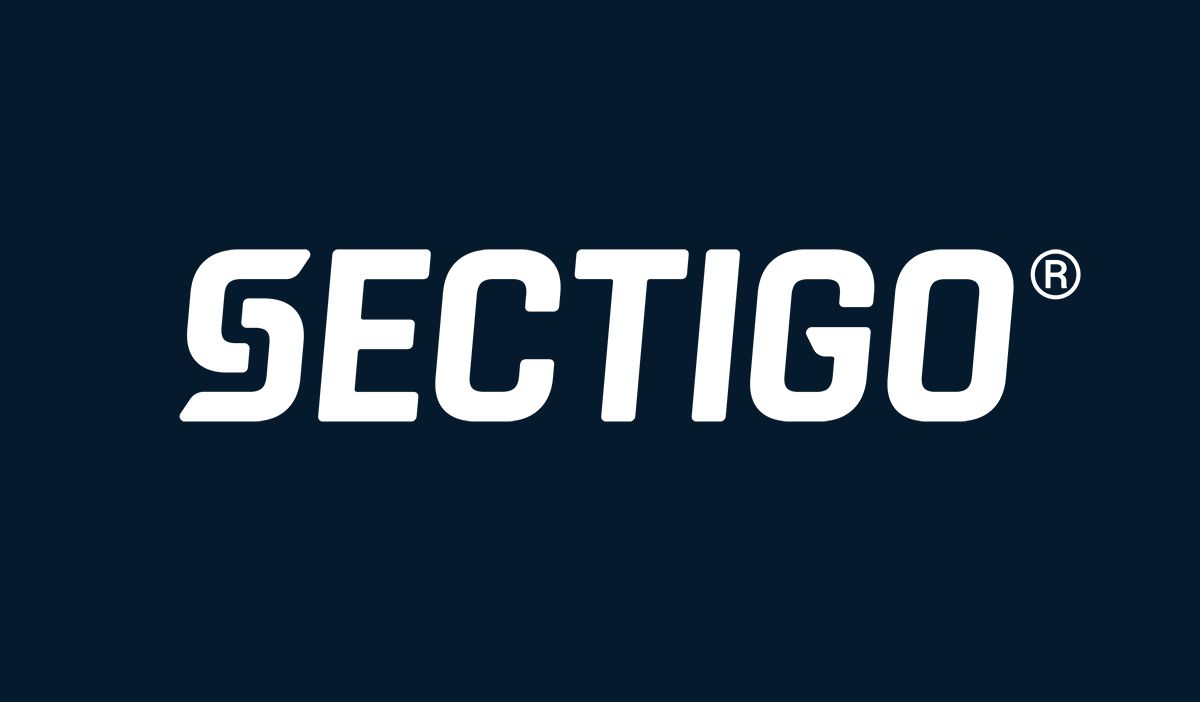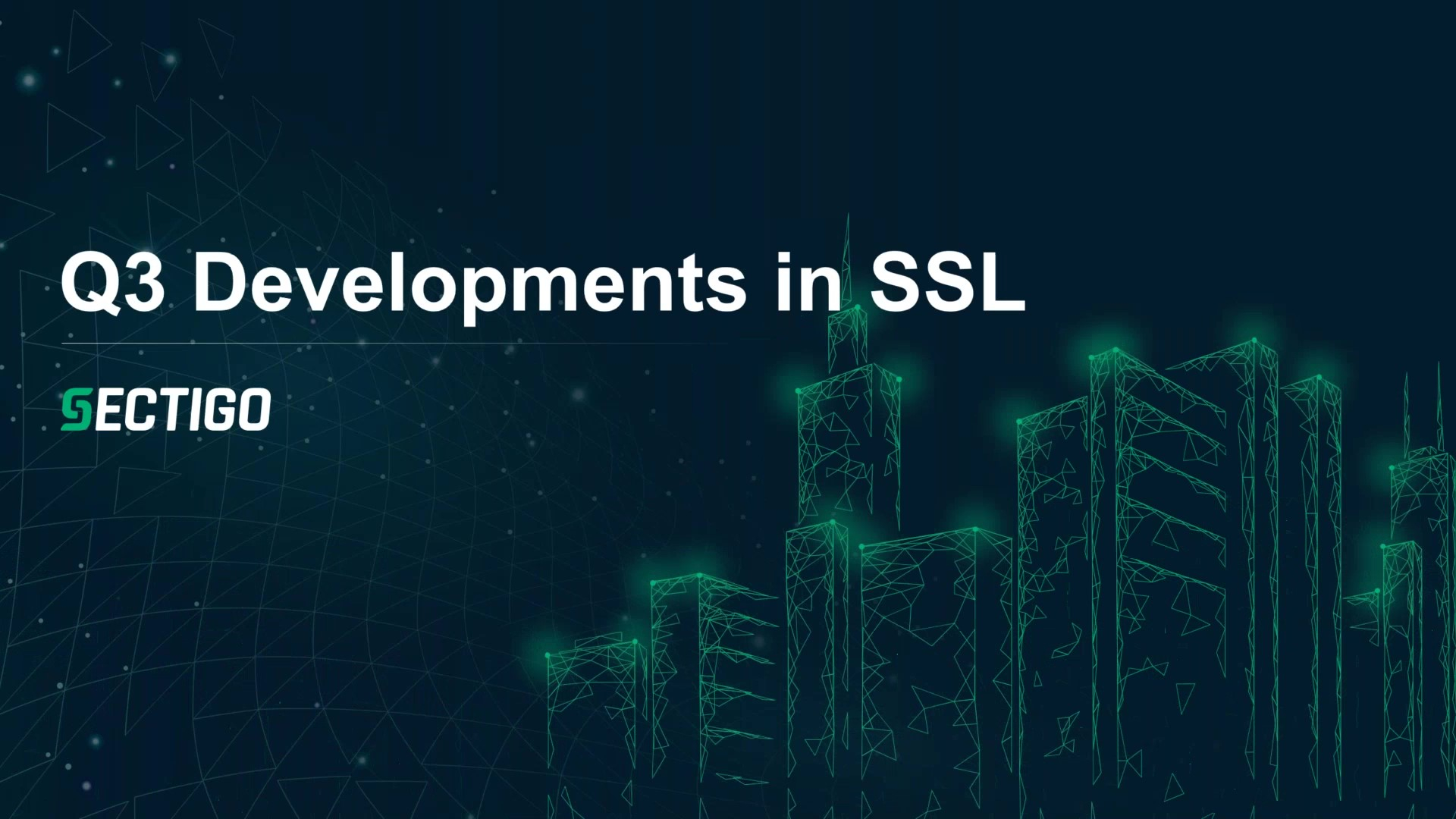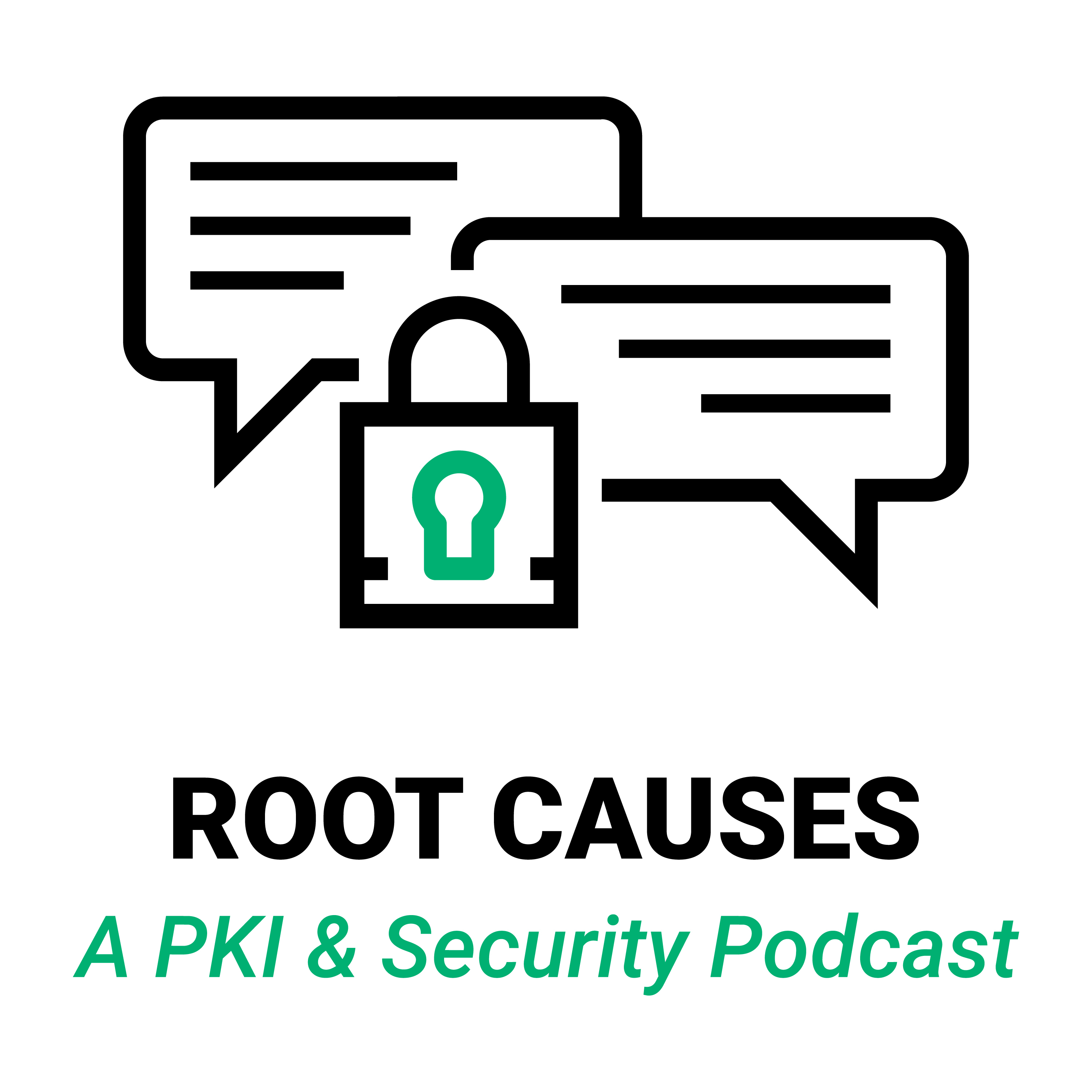-
Watch Now

45 minutes
Webinar Oct 15, 202021 PKI Pitfalls to Avoid Webinar
Join Sectigo Senior Fellow Tim Callan and CTO of PKI Jason Soroko as they detail the twenty-one pitfalls so you can be on the lookout for them.
-
Download Now
Sectigo Private PKI
Datasheet from Sectigo
 Datasheet Oct 02, 2020
Datasheet Oct 02, 2020Many enterprises now operate their own Private Certificate Authority (CA) to provide tighter control of authentication using Public Key Infrastructure (PKI) certificates that serve that organization only. To ensure the Private CA protects the entire network environment, IT teams need a solution that: Covers all types of certificates used across the enterprise, supports an architecture with any combination of root CA and issuing CA from private and 3rd party authorities, enables issuance, deployment, renewal, and replacement of certificates quickly, reliably, and scalably. Download to learn more about how our Certificate Manager Private CA feature can cut costs, save time, and enhance security. This fully automated feature adheres to corporate and industry compliance standards.
-
Learn More
What Is an SSH Key?
Blog Post from Sectigo
 Blog Post Sep 24, 2020
Blog Post Sep 24, 2020SSH keys not only improve security but also enable the automation of connected processes, single sign-on (SSO), and identity and access management at scale that today’s businesses require.
-
Watch Now

60 minutes
Webinar Sep 24, 2020Q3 Sectigo Pulse Webinar
Join us for our quarterly Sectigo Pulse webinar, where we'll cover the latest product and compliance news, and how they might impact you and your business.
-
Listen Now

EPISODE 120
Broadcast Date:
September 18, 202020 minutes
 Podcast Sep 18, 2020
Podcast Sep 18, 2020Root Causes 120: PKI and SASE
How do digital identity and certificates fit into the SASE (Secure Access Service Edge) paradigm?
-
Learn More
What are digital signatures & how do they work?
Blog Post from Sectigo
 Blog Post Sep 15, 2020
Blog Post Sep 15, 2020A digital signature is a PKI-based digital certificate that authenticates the identity of the signer and ensures electronically transmitted documents and digital messages have not been forged or tampered with. Digital signatures are similar to physical signatures in the sense that both are unique to the signer, except that in the case of digitally signed documents, a digital signature offers far more security and the assurance of the document’s origin, identity, and integrity. Based on the highest standard of security, digital signatures are legally binding in the United States and many other countries.
-
Learn More
New PKI Risk Assessment Tool Measures Exposure to Cybersecurity Risks
Press Release from Sectigo
 Press Release Sep 10, 2020
Press Release Sep 10, 2020Personalized Reports from Sectigo Determine Security Risk Levels for Eight Uses Cases Within Modern Enterprises
-
Learn More
Root Causes Cybersecurity Podcast Hits 100+ Episodes
Press Release from Sectigo
 Press Release Aug 19, 2020
Press Release Aug 19, 2020The Root Causes PKI and security podcast has exceeded 100 episodes and 20,000 listens since its debut in April 2019.
-
Learn More
Private PKI: Deployment, Automation, and Management
News Article from Sectigo
 News Article Aug 18, 2020
News Article Aug 18, 2020You may also have a number of other servers that are not external facing and will not need publicly rooted certificates. These servers, however, may still need authentication and signing capabilities to establish a secure TLS session with other internal servers or applications.
-
Download Now
Revisiting PKI to Support a Zero-Trust Security Strategy Whitepaper
Whitepaper from Sectigo
 Whitepaper Aug 03, 2020
Whitepaper Aug 03, 2020This white paper by Enterprise Security Group examines how PKI fits into and enables your zero-trust strategy.
-
Download Now
The Passwordless Enterprise: Using PKI to Replace Passwords
Whitepaper from Sectigo
 Whitepaper Jul 16, 2020
Whitepaper Jul 16, 2020Discover how the best remedy for securing access and replacing passwords is with authentication based on Public Key Infrastructure (PKI).
-
Listen Now

EPISODE 104
Broadcast Date:
July 6, 202029 minutes
 Podcast Jul 06, 2020
Podcast Jul 06, 2020Root Causes 104: 21 PKI Pitfalls to Avoid
Our hosts often discuss the idea of errors in PKI implementations and the potential negative consequences for organizations.




